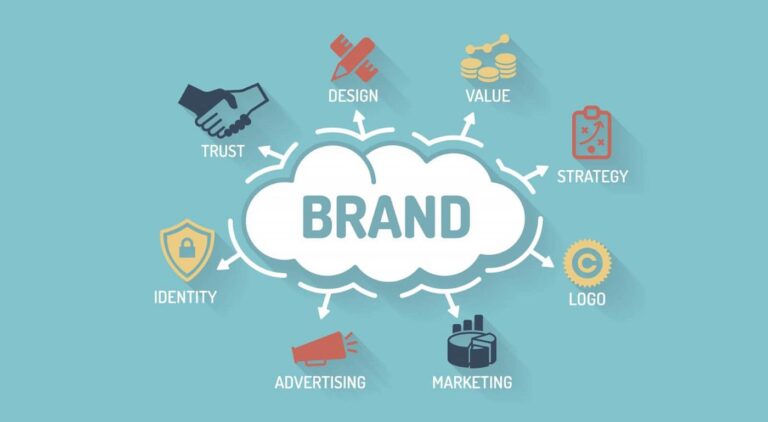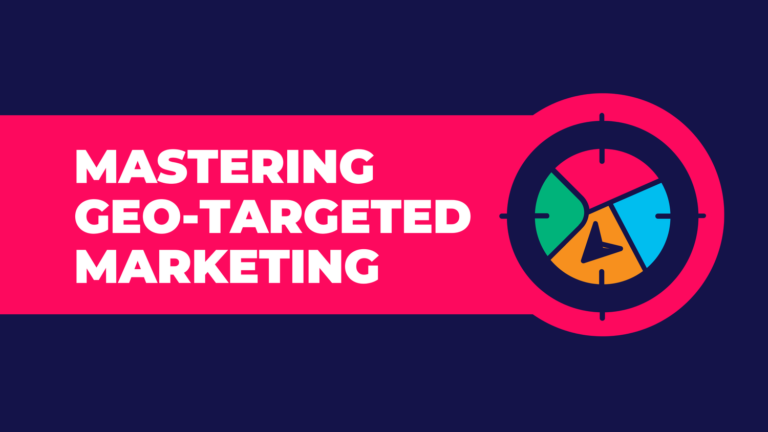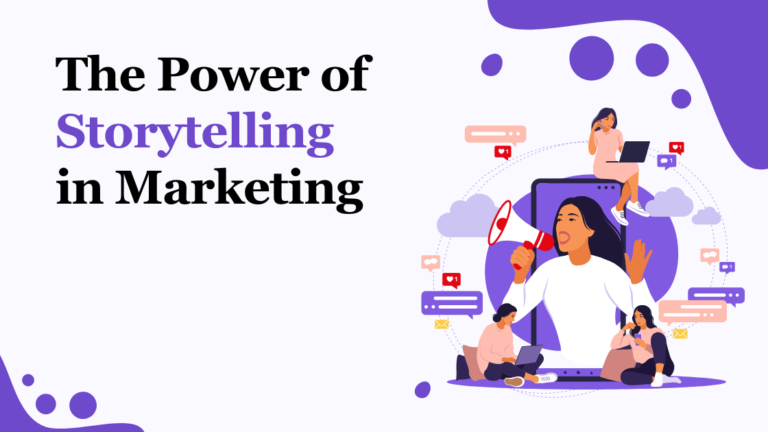Email marketing without segmenting is like yelling your sales pitch to everyone at a farmer’s market. Even with the use of a megaphone, this is an ineffective tactic. This same approach of generic emails blasts subscribers and hurts engagement. Not exactly the most effective way to get people interested in what you are saying, right? The same principle applies to email marketing. Blasting generic emails to your entire list is a recipe for low engagement, overflowing trash folders, and ultimately, wasted resources.
What is Segmentation
There’s a better way! Ditch the generic emails and transform your marketing with targeted communication that builds connections and results.
Enter segmentation – the art of dividing your email list into targeted groups based on specific criteria. This allows you to craft highly personalized messages that resonate with each subscriber segment, leading to:
- Increased Engagement: Imagine receiving an email with product recommendations tailored to your recent browsing history. Suddenly, your inbox feels less like a billboard and more like a personal shopping assistant. The segmenting approach grabs attention, sparks interest, and encourages subscribers to interact with your emails.
- Conversions Galore: Segmenting isn’t just about engagement; it’s about driving action. By targeting subscribers who have shown interest in specific products or services, you can send highly relevant offers and promotions that are much more likely to convert them into paying customers.
- Stronger Brand Loyalty: When subscribers feel seen and valued, they’re more likely to develop a positive relationship with your brand. Segmenting demonstrates that you understand their needs and interests, fostering brand loyalty and encouraging repeat business.
Unlocking the Power of Segmentation: Understanding Your Audience
Before diving into specific targeting techniques, remember: that the key to effective segmentation lies in understanding your audience on a deeper level. Think of your subscribers as individuals, not a faceless mass. Here are some subscriber attributes to consider for segmentation:
- Demographics: Age, location, gender, income. For instance, a clothing retailer might segment their list by age group, sending emails showcasing trendy styles for young adults and comfortable clothing for seniors.
- Interests: Products browsed, content categories engaged with. An online learning platform could segment based on course interests, sending emails about new courses relevant to a subscriber’s previous enrollments.
- Purchase Behavior: Past purchases, frequency of purchases, abandoned carts. An e-commerce store might target past buyers of a specific product with recommendations for complementary items while nudging those who abandoned carts with a gentle reminder and a discount incentive.
- Engagement Levels: Open rates, click-through rates, website visits from email clicks. Segmenting by engagement allows you to re-engage inactive subscribers with special offers or valuable content while rewarding highly engaged subscribers with exclusive benefits.
Targeting Techniques to Craft Personalized Experiences
Now that you understand your audience better, let’s explore some powerful targeting techniques that will help you create truly personalized email experiences:
- Demographic Segmentation: Tailor emails based on location (e.g., promote regional sales or highlight events happening in a subscriber’s city) or age (e.g., focus on products relevant to specific age groups or life stages).
- Behavioral Segmentation: This allows for highly targeted campaigns. Imagine targeting subscribers with a history of buying running shoes with emails about a new line of performance apparel, or reminding those who abandoned a cart filled with beauty products about a limited-time discount.
- Interest Segmentation: Go beyond purchase history and segment based on content preferences. If a subscriber consistently clicks on blog posts about healthy recipes, send them emails promoting your new line of organic cooking ingredients.
- Engagement Segmentation: Don’t let inactive subscribers languish in the depths of your list. Re-engage them with special offers or valuable content tailored to their interests. For example, send a “We miss you!” campaign with a discount code to entice them back to your brand.
Optimum360: Your Partner in Targeted Email Marketing
Segmentation and targeting can feel overwhelming, especially when you’re just starting out. But fear not! Optimum360 Agency is here to help you navigate the world of targeted email marketing. Our team of email marketing experts can assist you with:
- Develop a comprehensive segmentation strategy based on your audience data and marketing goals.
- Crafting targeted email campaigns that resonate with specific subscriber segments and drive conversions.
- Implementing email marketing automation to streamline your segmentation and targeting efforts, freeing up your time to focus on other marketing initiatives.
Contact Optimum360 Agency today for a free consultation and let us help you transform your email marketing into a targeted powerhouse that drives engagement, conversions, and lasting customer relationships!
FAQs
1. What is email segmentation and why is it important?
Email segmentation is dividing your email list into targeted groups based on specific criteria. This allows you to send highly personalized emails that resonate better with each subscriber, leading to increased engagement, conversions, and brand loyalty.
2. What subscriber data can I use for segmentation?
You can segment your email list based on demographics (age, location, gender), interests (products browsed, content categories engaged with), purchase behavior (past purchases, abandoned carts), and engagement levels (open rates, click-through rates).
3. What are some targeting techniques I can use with segmentation?
Some techniques include demographic segmentation (tailoring emails by location or age), behavioral segmentation (targeting past purchases or abandoned carts), interest segmentation (sending emails based on content preferences), and engagement segmentation (re-engaging inactive subscribers).
4. I’m new to email marketing. Can segmentation be overwhelming?
Segmentation can seem complex, but Optimum360 Agency can help! We offer a free consultation to guide you through developing a segmentation strategy and crafting targeted email campaigns.
5. What are the benefits of using a marketing agency for email segmentation?
Optimum360 Agency’s email marketing experts can help you develop a segmentation strategy, craft targeted campaigns, and implement automation to streamline the process, saving you time and resources.


